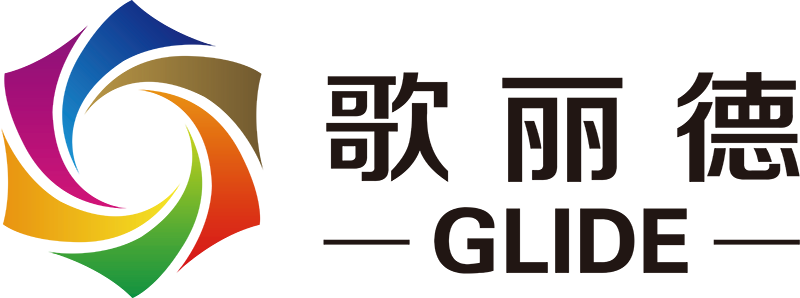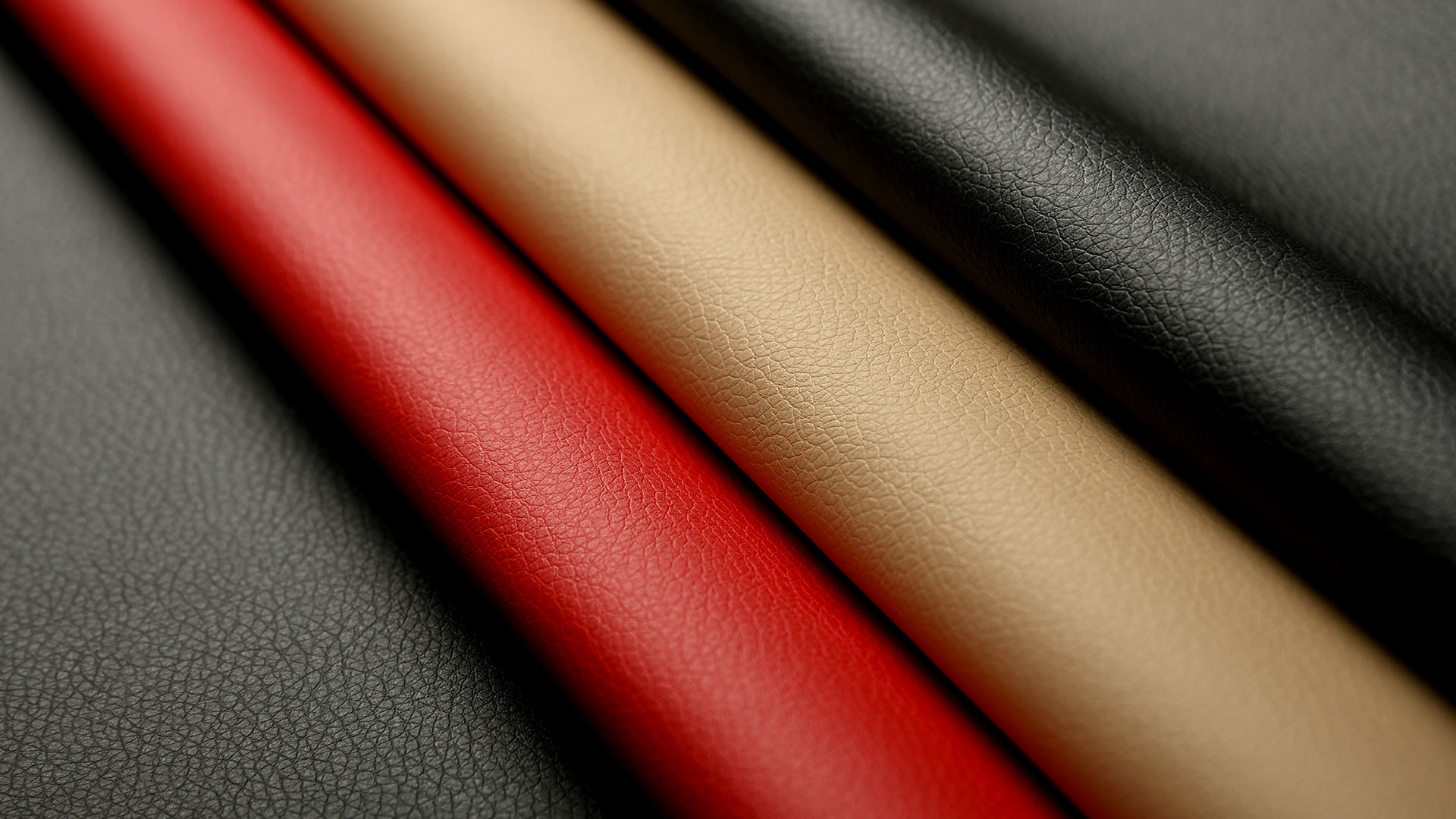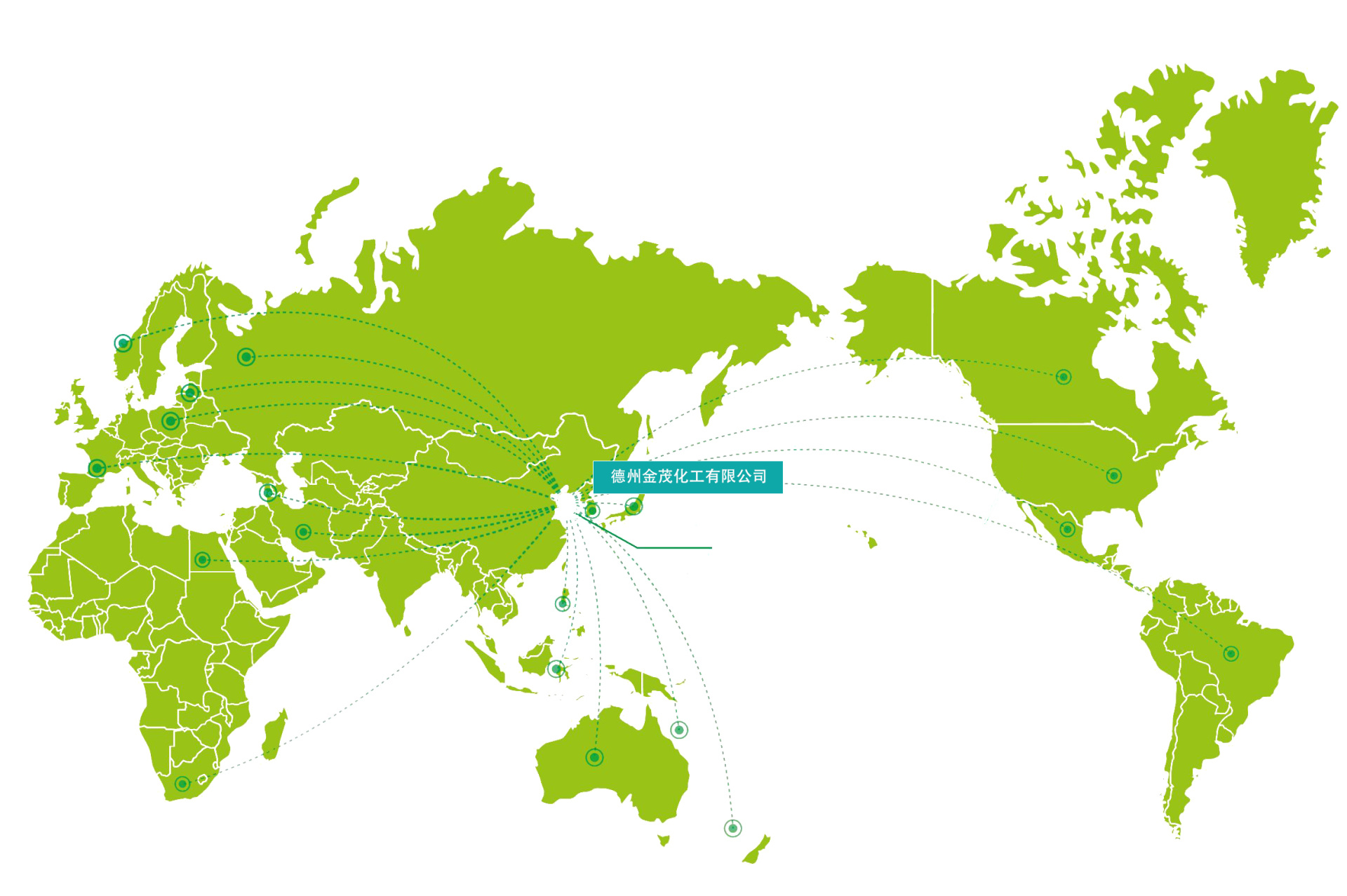The technology of metal dye application.
Metal dyes are widely used in decorative coatings overall and are currently the mainstream in artistic powder. There are many varieties of metal pigments suitable for powder coatings, divided into four types: silver powder pigments, pearlescent pigments, copper gold powder pigments, and other metal pigments (nickel powder, stainless steel powder, etc.). Although each type of metal dye contains many hues, when used in powder form, the powder becomes colorful, significantly enriching the variety and decoration of powder coatings. Metal dyes are mainly applied in industries such as outdoor metal furniture, lighting fixtures, crafts, range hoods, baby carriages, and sports equipment. Now, let's learn about the technology of metal dye applications!
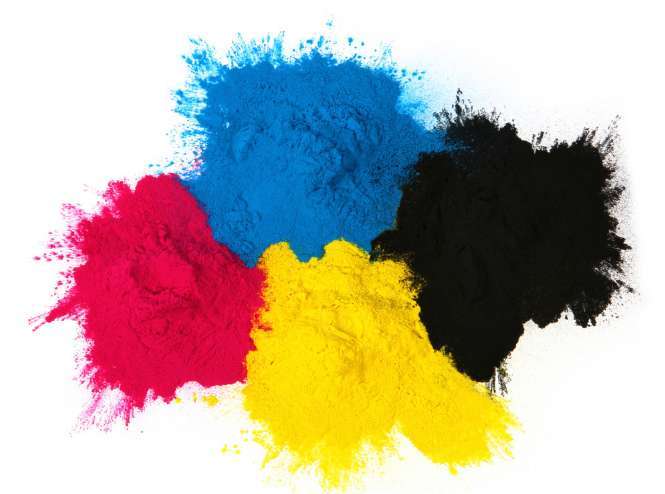
What should we pay attention to when using our metal dye technology? There are indeed some considerations.
First, aluminum powder is divided into suspended silver and non-suspended silver, fine silver and flash silver. Floating aluminum powder should be avoided in situations requiring alkali resistance. Uncoated fine silver and flash silver cannot be used for outdoor products. Additionally, they are prone to oxidation and discoloration. Ordinary copper gold powder and pearlescent pigments are not heat resistant and should be tested before application. Based on current experience, it is advisable to choose imported aluminum powder and copper gold powder to better ensure the stability of powder quality.
Points to note regarding the adjustment of metal dye formulations:
01. In flat metal powders, to fully utilize the metallic effect, it is necessary to appropriately increase the proportion of resin components in the matrix, and the amount of leveling agent can also be increased accordingly. It is best to use barium sulfate as a filler, with finer particle size being better.
02. The reason for preventing small depressions during the extrusion process is that the resin component in the formulation is too high, resulting in low viscosity, which is easily disturbed. Otherwise, when mixing metal powders, starry spots may appear.
03. When using a transparent or semi-transparent powder as a base, after adding metal powder, attention must be paid to the hiding power of the metal pigment. Insufficient opacity can lead to issues of cross-exposure and sharp edges when coating complex workpieces.
04. Normally, there is a certain limit to the amount of metal pigment added; floating aluminum powder can be less than 1%, while the addition ratio of non-floating aluminum powder can be higher (2% to 5%). The amount of pearlescent pigment should be less than 3%, and the amount of copper gold powder is similar to that of non-floating aluminum powder, which can be added in a higher proportion.
05. Do not use metal dyes after they have solidified in a humid environment.
06. Before developing or producing hammer-type metal powders, fully understand the shape, thickness, and firing conditions of the customer's workpiece, and adjust the pattern according to the customer's situation. Otherwise, it may not match the pattern required by the customer.
07. Add an appropriate amount of wax to the base powder to improve the scratch resistance of the coating.
08. Unless there are special requirements, try not to extrude metal pigments together with the base powder. This will greatly damage the metallic effect.
The above introduces the technology of metal dye applications. If you need to know more, feel free to contact us!
Latest developments
